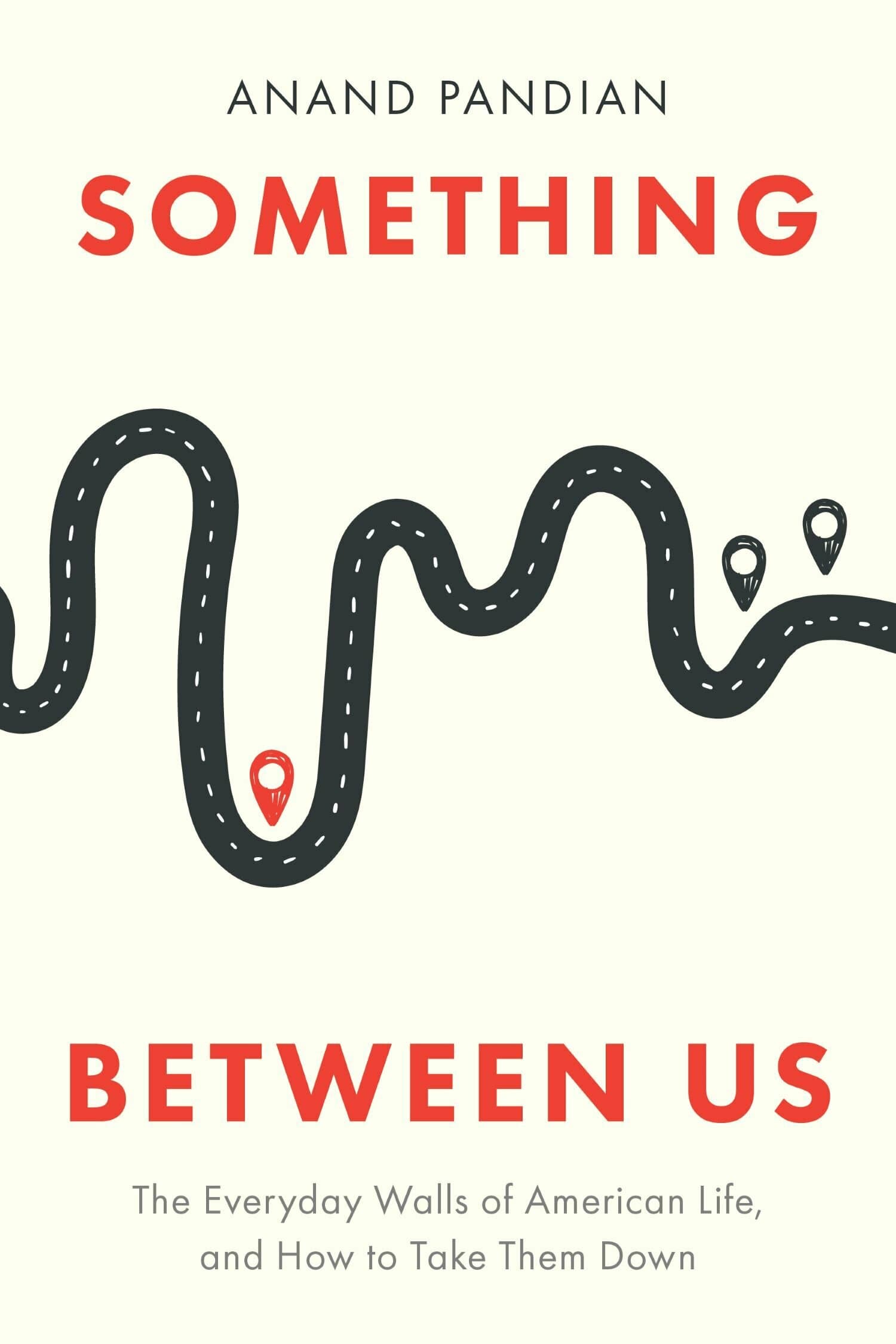Building Walls, Constructing Identities

States are erecting walls at their borders at a pace unmatched in history, and the wall between the United States and Mexico stands as an icon among these dividing structures. Much has been said about the US-Mexico border wall in the last few decades, yet American walling projects have a much longer history, dating back almost a century. Building Walls, Constructing Identities offers a rich account of this legal history, informed by two episodes of wall-building—the Act of August 19, 1935, and the Secure Fence Act of 2006. These two legislative periods illustrate that today's wall imprints onto the landscape a grammar of racial inequality underpinned by a settler colonial rationality. Marie-Eve Loiselle argues in favor of an account of the law that considers its material translation into space and identifies discursive processes by which the law and the wall come together to communicate legal knowledge about territory and identity.
—Desmond Manderson, Australian National University
"Beautifully written and richly documented, this book challenges the conventional narrative about the US-Mexico border in formative ways. It does so by revisiting the timeline of the authorization to build the border wall, reinterpreting the function of the wall as a marker of national identity, and reinscribing spatiality into the legal analysis of regimes of border control. With immigration high on the agenda in every corner of the world, this book offers a profound guide to exposing injustices hidden in plain sight."
—Ayelet Shachar, author of The Birthright Lottery: Citizenship and Global Inequality




